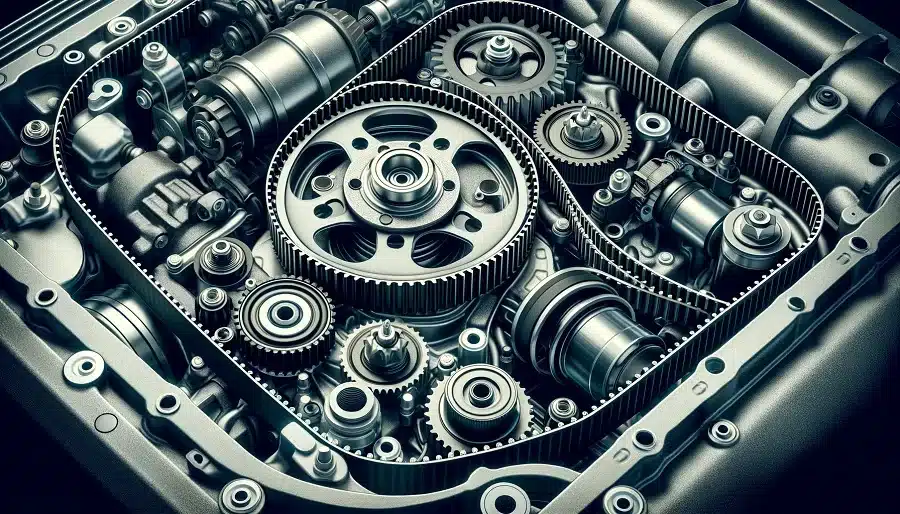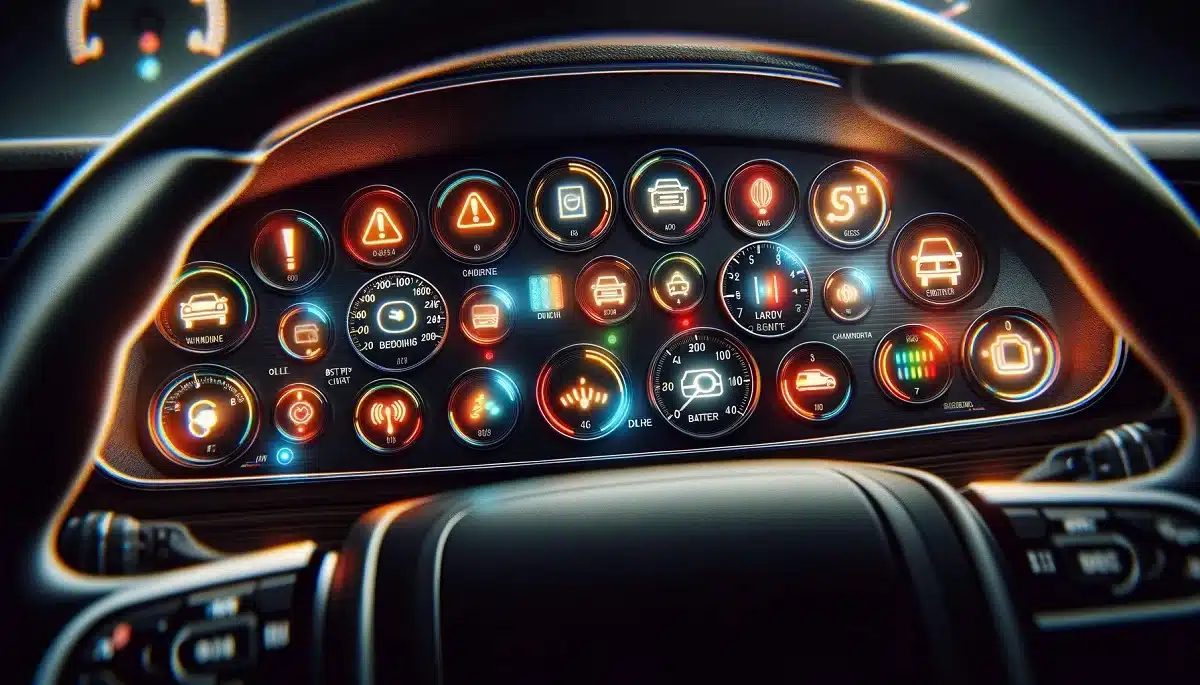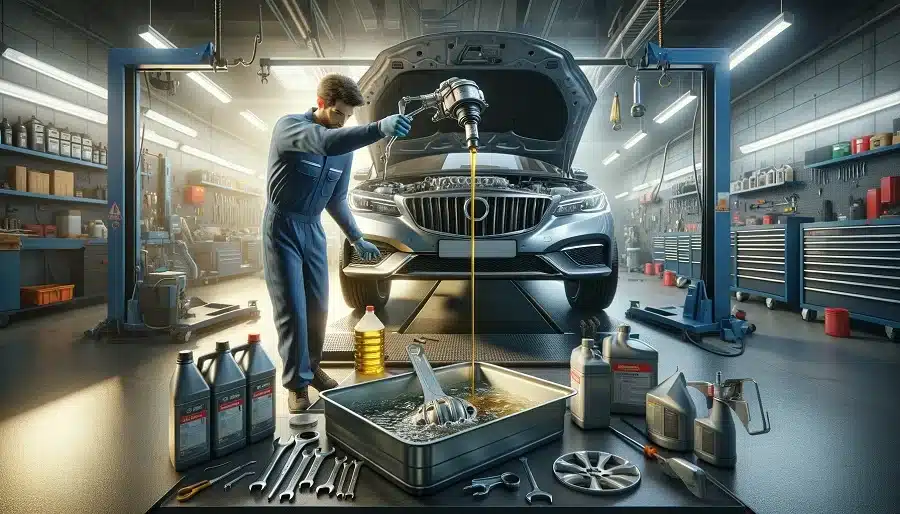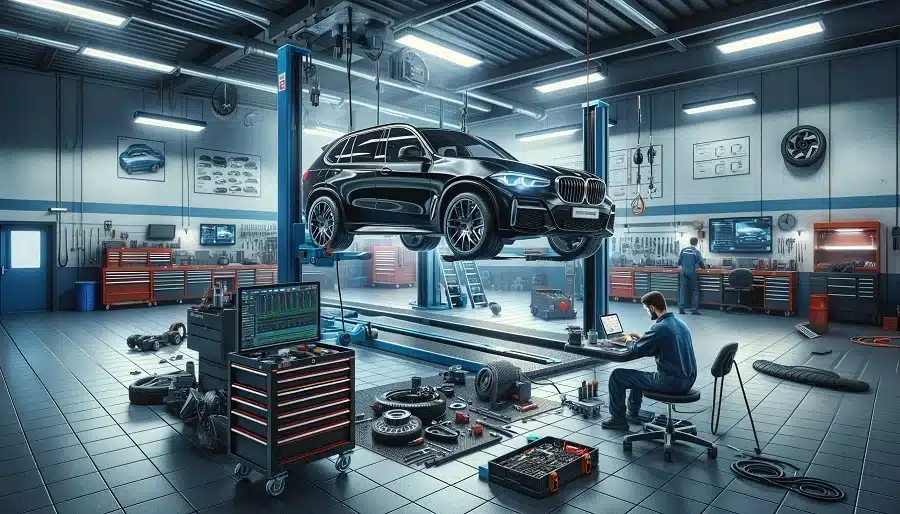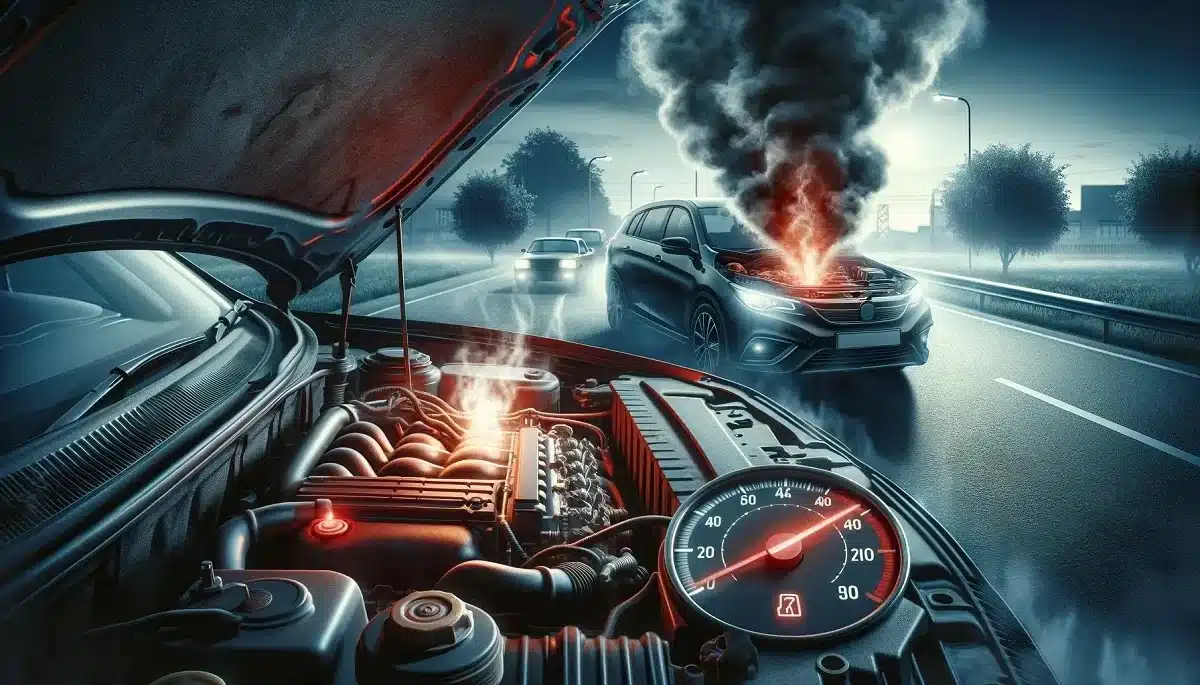The clutch is a vital component in manual transmission vehicles, offering drivers full control and directly affecting the vehicle’s performance. So, what is a clutch, how does it work, and what should its proper usage be?
What is a Clutch?
The clutch is a mechanical component that controls the power transmission between the engine and the gearbox. It ensures that the power generated by the engine is transmitted to the wheels in a controlled manner. This function is critically important, especially during the vehicle’s start, speed changes, and stops.
What Does the Clutch Do?
The primary functions of the clutch include:
- Starting: It allows smooth transmission of engine power to the wheels as the vehicle starts moving.
- Gear Change: While the vehicle is in motion, it temporarily disconnects the engine from the gearbox during gear changes.
- Braking: In sudden stops, it disengages the engine’s contribution to the braking process, allowing more effective braking.
How Does the Clutch Work?
The clutch consists of a complex mechanism controlled by pedal movements. When the driver presses the clutch pedal, the connection between the engine and the gearbox is disconnected, enabling actions like gear changes or starting.
How to Use the Clutch When Driving a Car?
- Starting: In the first gear, press down on the clutch pedal fully, gradually give gas, and slowly release the clutch pedal.
- Gear Change: To change gears, press the clutch pedal, switch gears, and then gradually release the pedal.
- Half Clutch: Used on inclined roads to prevent the vehicle from rolling back, but this technique can damage the clutch if used continuously.
The Application and Importance of Half Clutch
Half clutch, especially used on inclined roads and during starts, prevents the unwanted rollback of the vehicle. The driver maintains the clutch pedal at a sensitive point based on the tachometer and the vehicle’s response, ensuring the correct transmission of engine power. Half clutch prevents unnecessary tremors and uncontrolled movements of the vehicle but should be used consciously as it can have negative effects on the clutch’s lifespan.
Adjusting the Clutch Engagement Point
In cable-operated clutch systems, the adjustment of the clutch engagement point is done through the adjustment nuts at the connection point of the clutch cable. This adjustment directly affects the vehicle’s starting and gear-changing behaviors. In hydraulic clutch systems, however, such an adjustment is not possible. The adjustment process should be carried out meticulously according to the specifications recommended by the vehicle manufacturer.
Signs of Clutch Wear
Clutch wear can lead to noticeable declines in vehicle performance and changes in driving comfort. A worn clutch creates additional strain on the engine and transmission, which can lead to more significant failures and costs.
Causes of Clutch Stiffening
- Failure in the clutch bearing
- Low hydraulic fluid level
- Wear and corrosion of the clutch cables
- Wear of the pressure plate reaching its lifespan
These issues can be prevented with regular maintenance and correct usage, thereby extending the life of the clutch.
Causes of Clutch Softening
Clutch softening is usually associated with the need to change the transmission fluid. Timely oil change can resolve this issue.
Causes of Clutch Judder
- Incorrect clutch adjustments
- Improper engine settings
- Wear of the engine
- Faults in the transmission mounts
- Using an incompatible clutch disc
Clutch judder can affect the overall performance of the vehicle and driving safety, so timely intervention is crucial.
